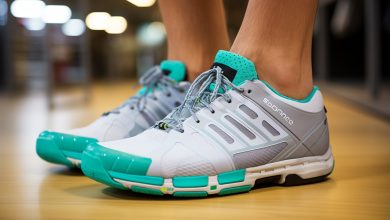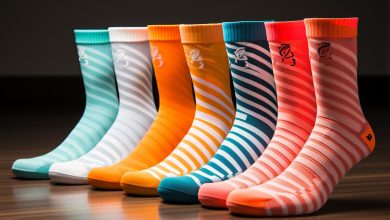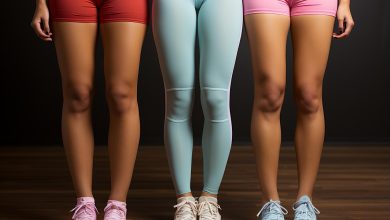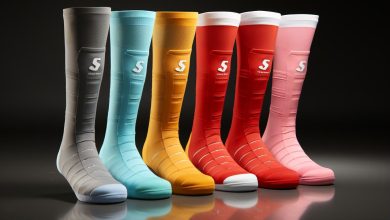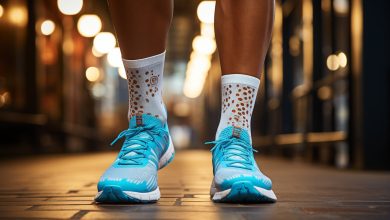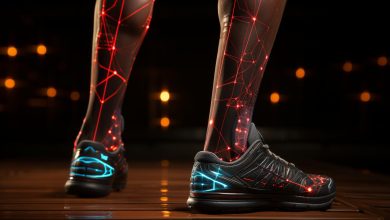A Guide to Choosing the Right Running Socks
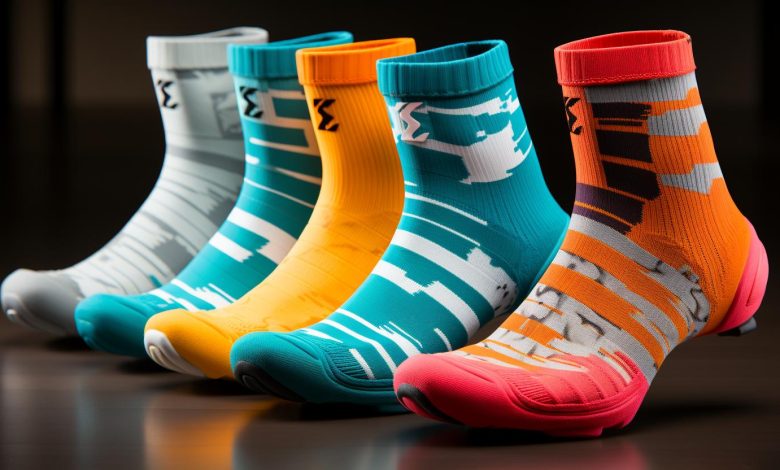
So, you think choosing the right running socks is a piece of cake? Think again. When it comes to enhancing your performance and keeping those feet happy, every detail matters.
In this guide, we’ll break down the factors you need to consider, explore the different types of running socks available, help you determine the perfect size, highlight essential features to look for, and even share tips on how to properly care for your precious foot companions.
Get ready to step up your sock game!
Factors to Consider When Choosing Running Socks
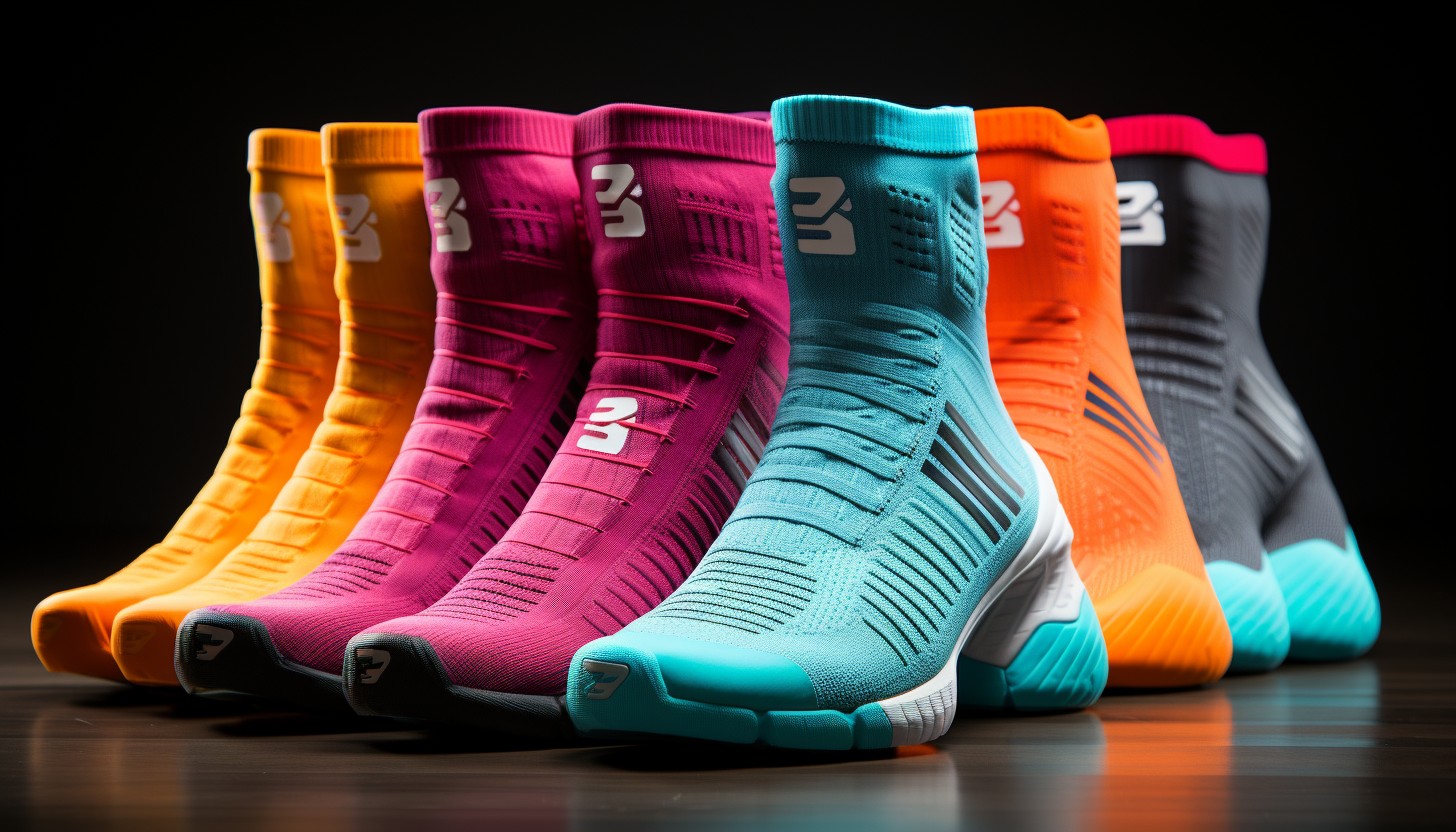
When choosing running socks, you’ll want to consider factors such as cushioning, breathability, and moisture-wicking properties. Moisture-wicking materials are crucial in keeping your feet dry during runs. These materials draw sweat away from your skin and allow it to evaporate quickly, preventing blisters and discomfort. Look for socks made of synthetic fibers like polyester or nylon, as they tend to have excellent moisture-wicking capabilities.
Another important factor is cushioning. Running can put a lot of strain on your feet, so having adequate cushioning in your socks can make a big difference in comfort and support. Cushioning helps absorb impact and reduce pressure on the soles of your feet. Look for socks with extra padding around the heel and forefoot areas.
By considering both moisture-wicking properties and cushioning when choosing running socks, you can ensure that your feet stay dry, comfortable, and protected during your runs.
Now that we’ve covered these essential factors to consider when selecting running socks, let’s move on to exploring the different types of running socks available in the market today.
Different Types of Running Socks
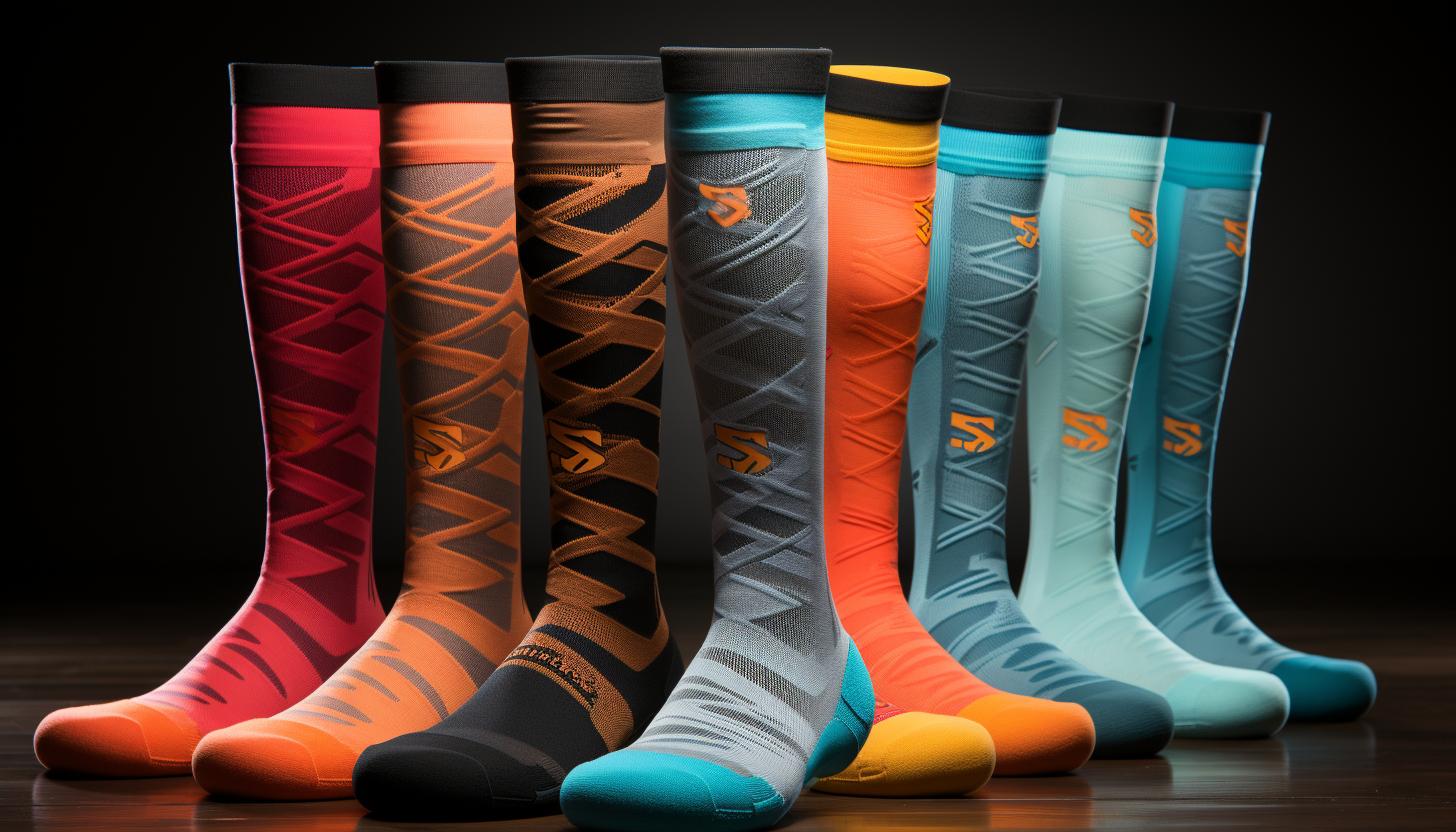
If you’re looking for different types of socks to enhance your running experience, there are various options available.
When it comes to running socks, the choice of materials is crucial as it can greatly impact your performance. Most commonly, running socks are made from synthetic materials like polyester and nylon, which offer moisture-wicking properties to keep your feet dry during intense workouts. Some brands also incorporate merino wool into their sock designs, providing natural temperature regulation and odor control.
Apart from materials, cushioning and support play a vital role in the overall comfort and performance of running socks. Look for socks with extra padding on high-impact areas like the heel and forefoot to absorb shock and reduce friction. Arch support is another important feature that helps maintain proper foot alignment while reducing fatigue during long runs.
To determine the right size for running socks, it’s essential to consider both shoe size and foot shape. Most brands provide size charts that correlate shoe sizes with sock sizes. Additionally, pay attention to specific sizing recommendations based on foot circumference or arch length provided by some manufacturers.
Now that you know about different types of running socks, let’s move on to understanding how to determine the right size for optimal fit and performance.
How to Determine the Right Size for Running Socks
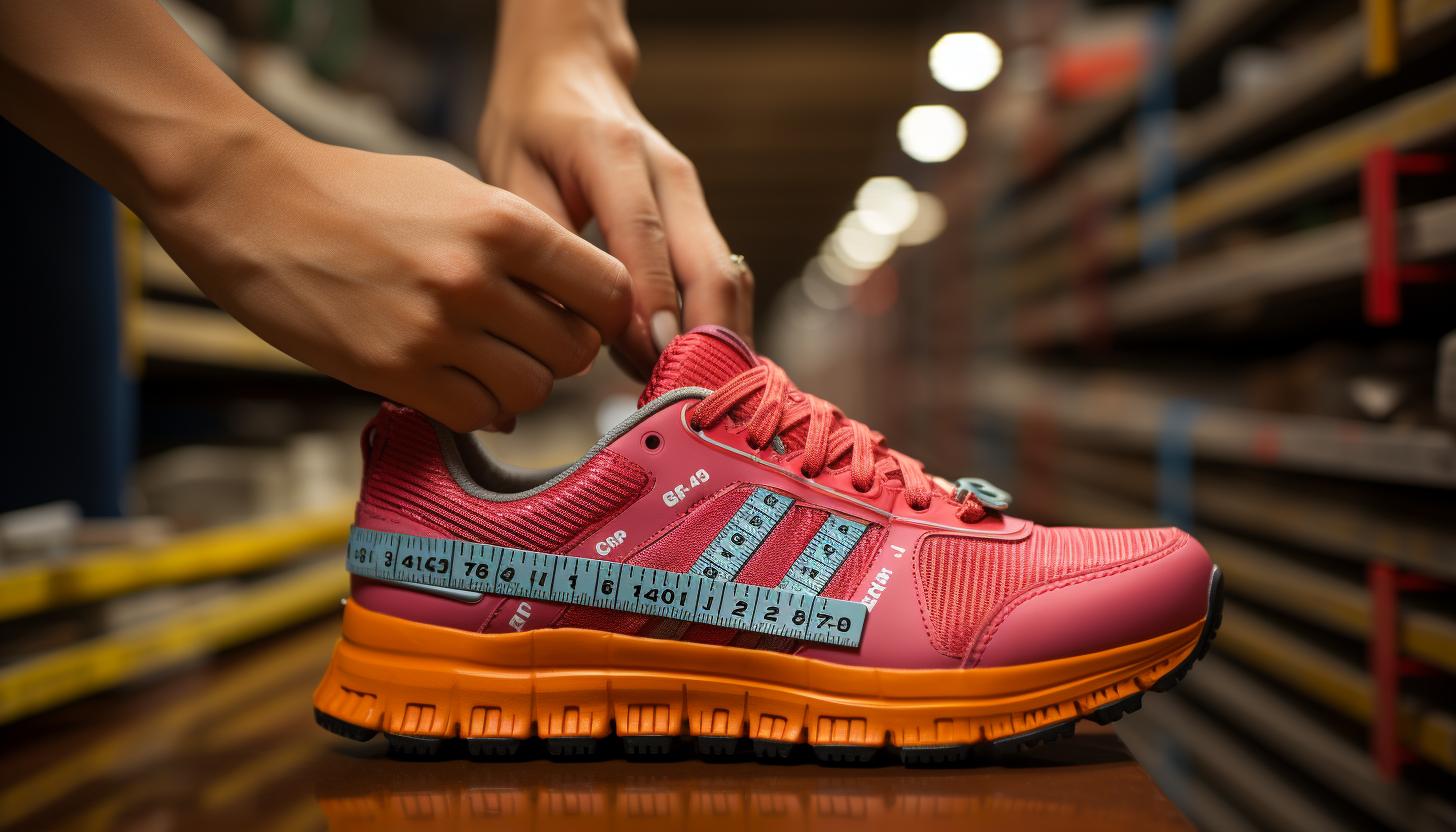
Once you understand your shoe size and foot shape, it’s essential to refer to the size charts provided by most brands when determining the optimal fit for your running socks. Common sizing misconceptions can lead to discomfort or even injury during your runs, so it’s crucial to get the right size.
Don’t assume that your sock size is the same as your shoe size; they can vary between brands. Take into account both length and width measurements when choosing a sock size. It’s also important to try on running socks before purchasing them. This allows you to feel how they fit on your feet and ensure there are no areas of tightness or looseness that could cause blisters or discomfort while running.
When trying them on, make sure they are snug but not too tight around the arches and ankles. If possible, walk around in them for a few minutes to see if they stay in place and provide enough cushioning and support for your feet.
Transition: Now that you know how to determine the right size for your running socks, let’s explore some features to look for in quality running socks.
Features to Look for in Quality Running Socks
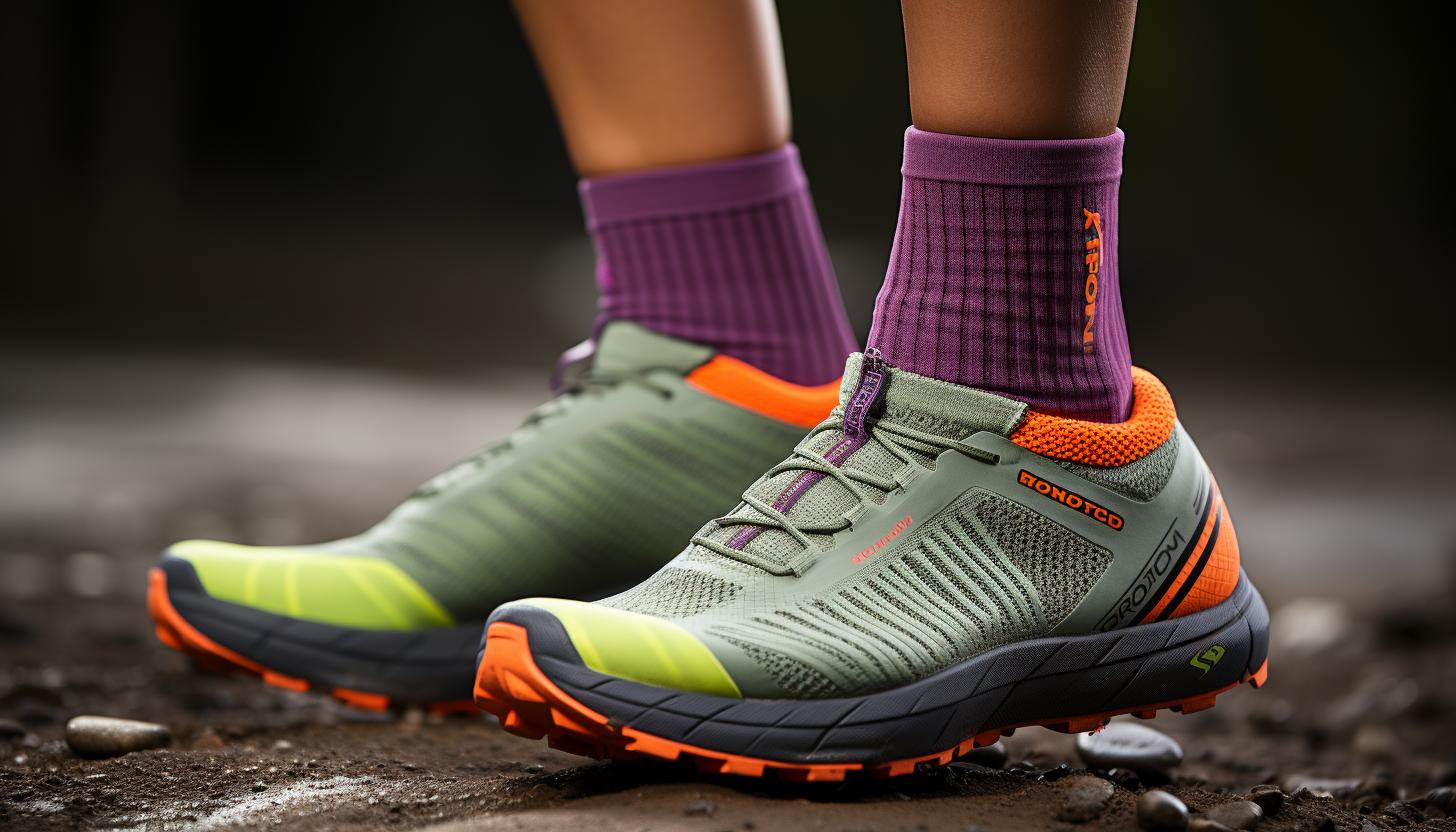
To ensure a comfortable and supportive fit, prioritize running socks with moisture-wicking materials that keep your feet dry during workouts. This is especially important because moisture build-up can lead to blisters and discomfort.
When choosing running socks, look for the following features:
– Compression: Compression running socks provide several benefits, including improved blood flow, reduced muscle fatigue, and quicker recovery times. The compression helps to stabilize the muscles in your feet and lower legs, reducing the risk of injuries like shin splints.
– Cushioning: Look for running socks with adequate cushioning in key areas such as the heel and toe. This will help absorb impact and reduce the risk of foot pain or stress fractures.
– Arch support: Running socks with built-in arch support can improve stability and prevent overpronation or excessive rolling of the foot during runs. This can help prevent injuries like plantar fasciitis.
– Seamless construction: Socks without seams are less likely to cause friction or irritation that could lead to blisters. Look for seamless designs that provide a smooth, comfortable fit.
In addition to these features, make sure you choose running socks made from moisture-wicking materials like synthetic blends or merino wool. These fabrics will draw sweat away from your skin, keeping your feet dry and minimizing odor-causing bacteria.
Prioritizing these features will greatly enhance your comfort and overall performance while running.
Tips for Proper Care and Maintenance of Running Socks
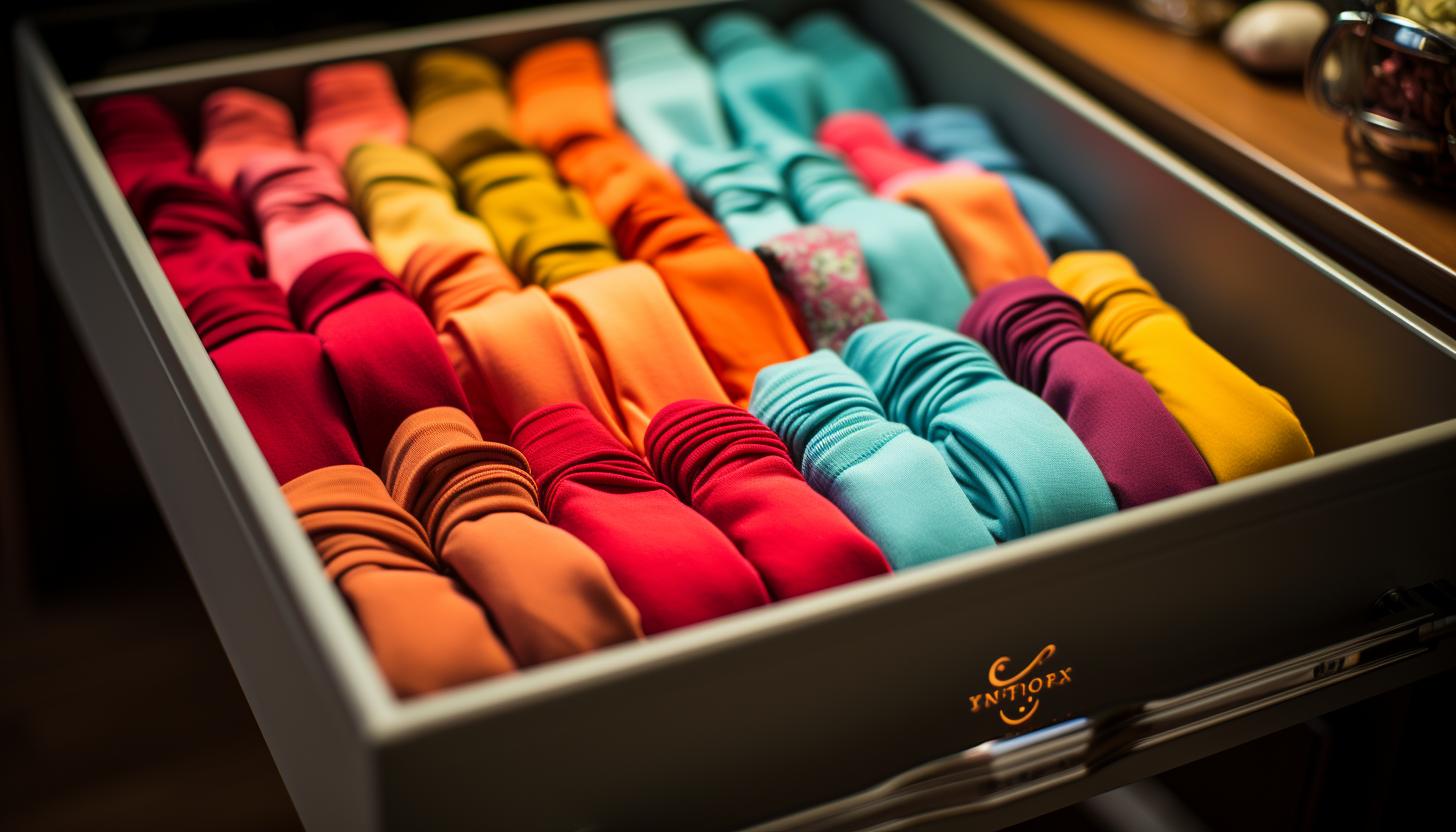
Proper care and maintenance of your running socks is essential to prolong their lifespan and ensure optimal performance. By following simple washing instructions and implementing preventative measures, you can keep your socks in top condition and avoid discomfort such as blisters.
To maintain the quality of your running socks, it’s important to follow the manufacturer’s washing instructions. Typically, this involves machine-washing them on a gentle cycle with cold water and using a mild detergent. Avoid using bleach or fabric softener as they can damage the fibers and affect moisture-wicking properties.
In addition to regular cleaning, there are steps you can take to prevent blisters while wearing your running socks. One effective method is choosing a sock with seamless construction. This eliminates any potential friction points that could lead to blisters during long runs or intense workouts.
Another way to prevent blisters is by ensuring proper fit. Your running socks should have a snug yet comfortable fit that doesn’t bunch up or slide around inside your shoes. This will minimize rubbing and reduce the risk of blister formation.
By taking these precautions and properly caring for your running socks, you can enjoy longer-lasting performance while keeping your feet happy and blister-free.
| Tips for Proper Care of Running Socks | Preventing Blisters |
|---|---|
| Follow manufacturer’s washing instructions | Choose socks with seamless construction |
| Machine wash on gentle cycle with cold water | Ensure proper fit |
| Use mild detergent |
Conclusion
Congratulations on making it to the end of this guide! By now, you should have a good understanding of how to choose the right running socks for your needs.
Remember, ‘the devil is in the details.’ Pay attention to factors like material, cushioning, and breathability when selecting your socks.
Don’t forget to consider the type of running you’ll be doing and the specific features that will enhance your performance.
And always take proper care of your socks to ensure they last longer and provide maximum comfort on every run.
Happy running!

